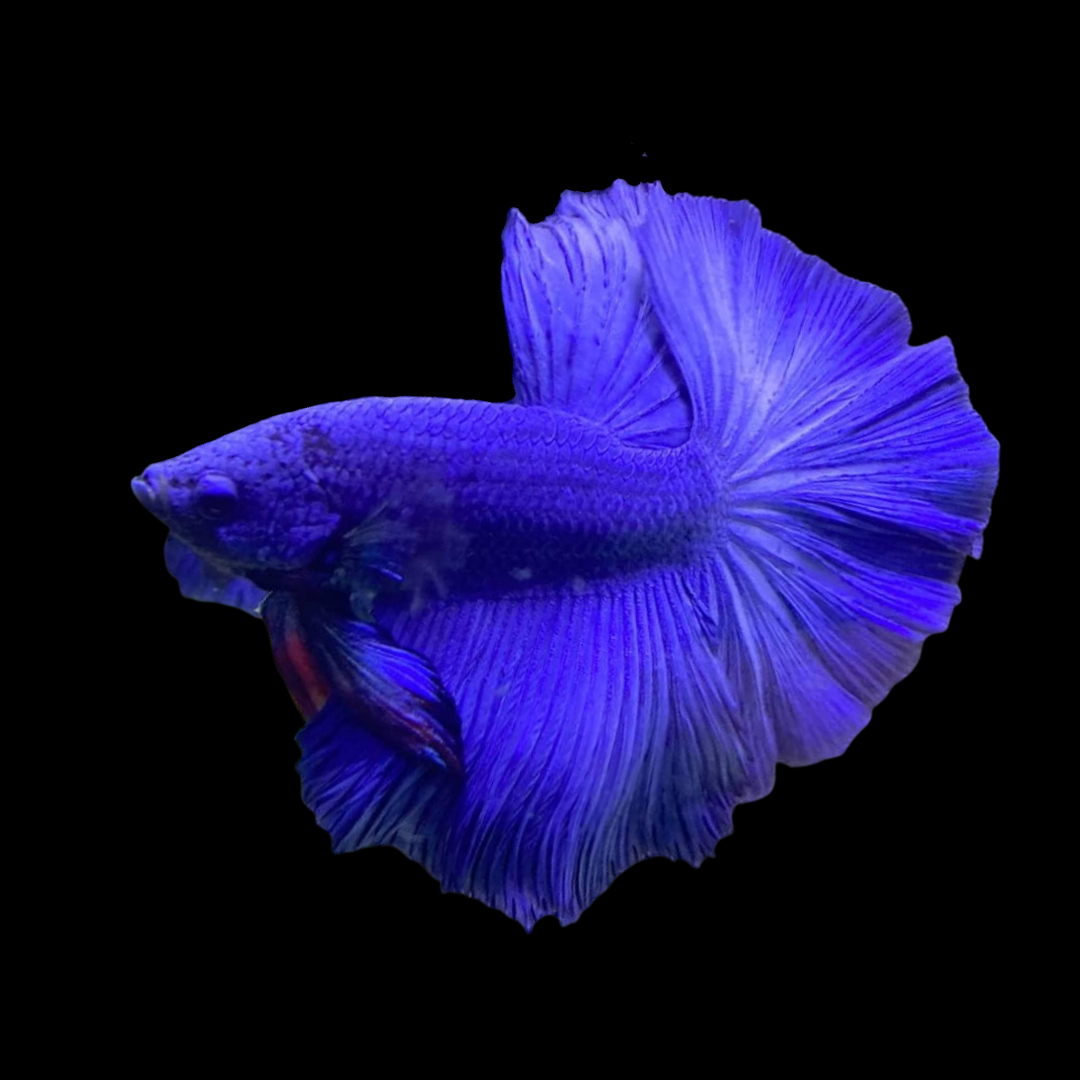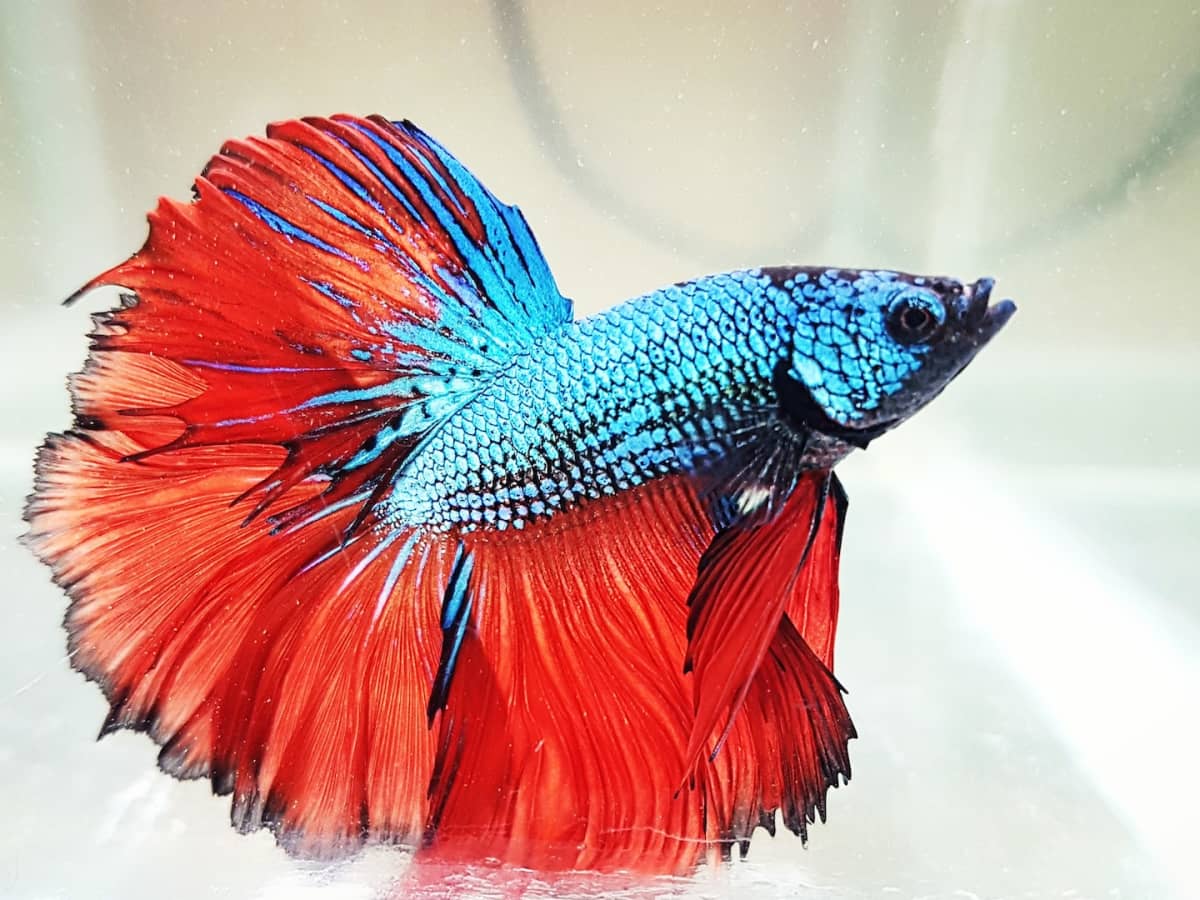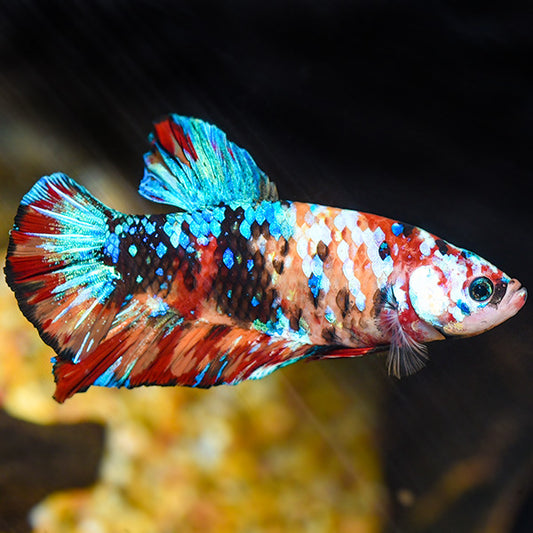Common Betta Fish Diseases and Just How to stop Them
Common Betta Fish Diseases and Just How to stop Them
Blog Article
Reproducing Betta Fish: a Comprehensive Step-By-Step Overview to Successfully Raising Infant Bettas From Eggs to Adulthood
Breeding Betta fish is a precise endeavor that requires cautious planning and implementation to make sure the successful advancement of fry from eggs to grow fish. Selecting genetically varied breeding pairs with preferable characteristics is only the beginning; developing an optimal atmosphere and comprehending the complexities of the reproducing process are just as important. As the male Betta diligently constructs a bubble nest and guards the priceless eggs, the succeeding phases of care and shift need interest to information and understanding of finest methods. Just how does one browse the challenging yet rewarding course of supporting these vivid creatures to their adult years?

Selecting Reproduction Pairs
When starting the trip of breeding Betta fish, selecting the appropriate reproduction sets is vital to achieving preferable characteristics and a healthy lineage - betta fish. The primary step in this process is to identify the specific attributes you wish to enhance or protect, such as color, fin kind, and physique. It is necessary to select genetically diverse sets to stay clear of inbreeding, which can lead to wellness problems and unfavorable features
Review prospective reproducing candidates very carefully. A healthy male Betta needs to exhibit vivid colors, an energetic attitude, and well-formed fins, while the lady ought to likewise present dynamic coloration and a rounded stomach, showing preparedness for spawning. Observing the temperament of both fish is crucial, as hostile or overly timid people may not reproduce efficiently.
Paperwork of family tree is just as essential. Maintaining documents of the parent fish's ancestry can assist you track hereditary qualities and potential issues. Furthermore, consult reputable dog breeders or online resources for advice on selecting compatible sets. Eventually, spending time in the option procedure will considerably improve the chance of producing strong, vibrant spawn that fulfill your reproduction goals (betta fish).

Preparing the Reproduction Tank
Developing an optimum reproduction environment is a key action after choosing suitable pairs for Betta fish. The reproduction storage tank ought to be specifically made to supply comfort and boost the natural breeding actions of the fish. Start with a storage tank dimension of a minimum of 10 gallons to guarantee adequate room for both the male and women Bettas.
Preserve a mild filtering system to maintain the water clean while avoiding solid currents that can emphasize the fish. In addition, an air rock can be contributed to offer oxygenation without interfering with the water surface area way too much.
Temperature level policy is crucial; go for a steady variety of 78-82 ° F(25-28 ° C) making use of a trustworthy heater. The pH level ought to be maintained in between 6.5 and 7.5, and regular water modifications are necessary to make sure high water quality.
Integrate drifting plants or generating mops to develop hiding areas for the lady, while additionally encouraging bubble nest structure by the man - betta fish. Make sure the container is free from sharp designs and any kind of potential risks, as the well-being of the fish need to always be prioritized during this important stage of reproduction.
The Breeding Process
Normally, the reproducing procedure for Betta fish entails a collection of distinctive and evident actions that indicate readiness for reproduction. The male Betta starts by developing a bubble nest at the water's surface area, which functions as a website for the fed eggs. This nest is crucial, as it provides a safe environment for the eggs up until they hatch.
When the nest is established, the male will display courtship behaviors, such as flaring his fins and exhibiting vibrant shades to bring in the woman. The woman, upon noticing the male's preparedness, will certainly react by showing vertical stripes along her body, signaling her receptiveness.
When the female techniques, the male participates in a mating dance, usually resulting in an accept referred to as the "spawning." During this embrace, the lady launches her eggs, which the male fertilizes right away. The fertilized eggs then fall to the bubble nest, where the male carefully accumulates and returns them to the nest. Following this, the male thinks obligation for protecting the nest and guaranteeing the safety of the eggs until they hatch, typically within 24-36 hours. This phase is critical in the breeding procedure, laying the foundation for effective fry development.
Caring for Betta Fry
Looking after Betta fry requires mindful interest to their setting and nutrition to make certain healthy development and development. After hatching, Betta fry are extremely small and at risk, requiring a steady and clean habitat. Keeping a water temperature in between 78 ° F and 80 ° F is crucial, as Betta fry grow in warm problems. In addition, make sure that the water is without dangerous toxins; routine water adjustments of 10-20% are recommended to maintain ideal water top quality.
Feeding Betta fry is equally important. At first, they need to be offered infusoria or finely crushed premium fry food, as their mouths are also little to take care of larger particles. As they expand, you can gradually present larger foods, such as infant brine shrimp or powdered flakes, to ensure they obtain adequate nutrition. Feed them percentages a number of times a day, taking care not to overfeed, which can result in water high quality problems.
Transitioning to Adult Bettas
As Betta fry fully grown, explanation transitioning them to adult Bettas is a critical stage that needs careful monitoring of their atmosphere and social interactions. This procedure typically starts when the fry get to around six weeks of age, at which factor they can be progressively presented to an extra organized living atmosphere.
To promote this transition, it is vital to make certain that the water specifications-- such as temperature, pH, and ammonia degrees-- are optimal and secure. Adult Betta fish grow in warm water (around 78-80 ° F) with a pH of 6.5 to 7.5. Slowly acclimate the fry to these problems to reduce stress and anxiety.
Social interactions are an additional essential variable; male Bettas are notoriously territorial and hostile. As a result, it is recommended to my latest blog post different men into specific tanks as they mature. Women Bettas can be housed together, however care must be required to monitor for indications of aggressiveness.
Furthermore, nutritional changes should be made as the fry expand. Incorporate high-grade pellets and live foods to support their development and health. By handling these aspects effectively, you can advertise a successful transition to their adult years for your Betta fish.

Conclusion
Successful reproduction of Betta fish calls for cautious interest to detail throughout the entire process, from picking genetically varied sets to supplying ideal look after fry. By making sure ideal reproduction conditions and maintaining water top quality, the likelihood of healthy and balanced spawn boosts substantially. Furthermore, a well balanced diet regimen and gradual adaptation to adult settings are critical for the development and advancement More Info of Betta fish. Complying with these actions diligently cultivates a prospering population of Betta fish, enhancing both their wellness and vitality.
Report this page